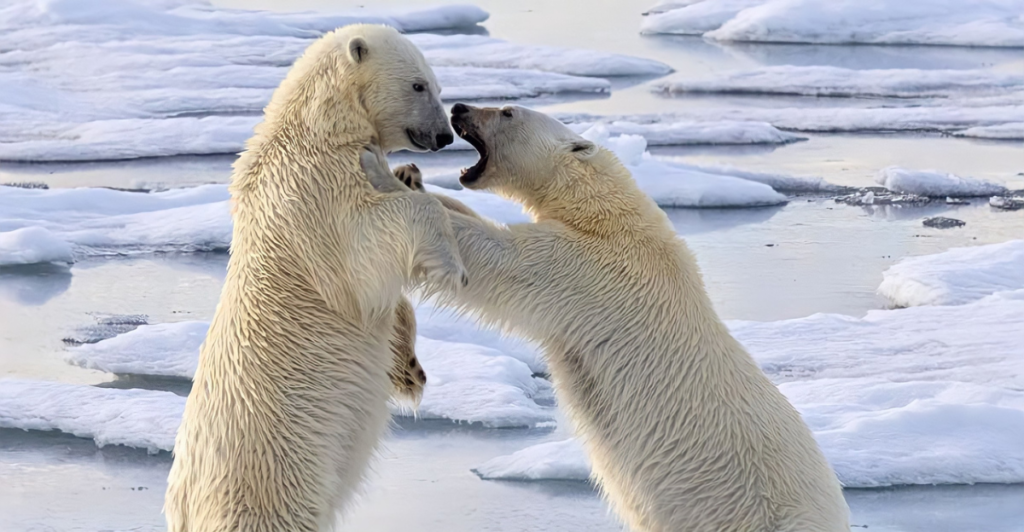
Polar bears are some of the most impressive land dwelling mammals. They are considered in many cultures to be the undisputed monarchs of the Arctic. They are an animal that demands a lot of respect through their intimidating presence and formidable abilities.
Polar bears have adapted perfectly to one of the planet’s most extreme environments, showing that their strength, intelligence, and resilience is something not to be underestimated. They embody Arctic dominance through their unique adaptations for survival and their role as apex predators.
There are many compelling reasons why polar bears reign as a supreme species in their icy habitat. From the impact on their environment to their resilience in the face of climate change, polar bears are an important species that needs to be given the respect that they deserve.
Apex Predators
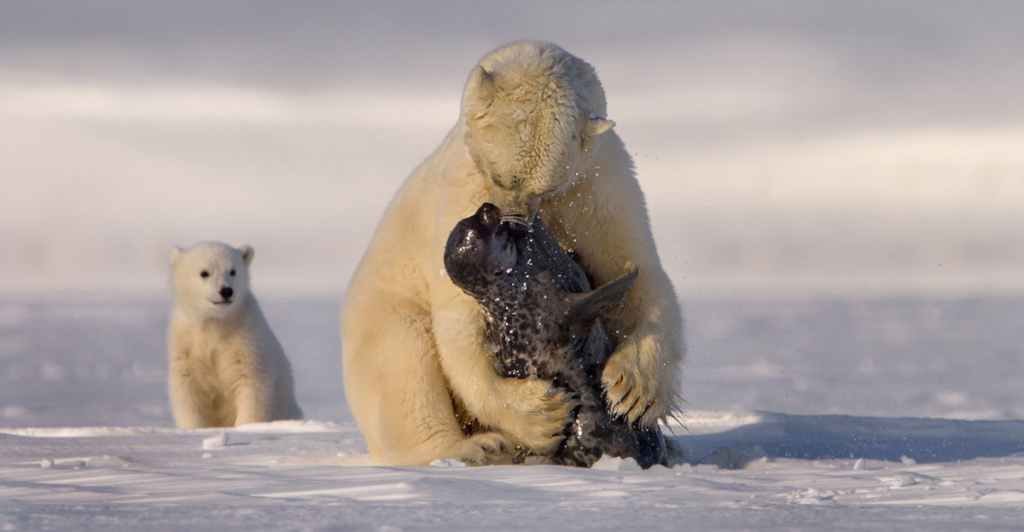
Polar bears sit right at the top of their habitat’s food chain. They have no natural predators in the wild, and it’s no surprise given their massive size and formidable attitude. Their dominance stems from their adaptations, which allow them to hunt a wide variety of prey, from larger mammals like seals to fish and, if the opportunity presents itself, even small whales.
They are natural-born and intelligent hunters who employ a variety of strategies to effectively hunt their prey. They stalk breathing holes where seals have to surface and will ambush seals from underneath the surface, akin to the way that crocodiles ambush their prey. They have many other methods of hunting, even if these are the most common.
They have no natural threats in their environment and do not have to worry about predators. This lets the species roam freely and dominant on the ice, unchallenged by any other species.
Marine Mammals On Land

Although many may see polar bears as land-based hunters, much like their cousins, they are classified as marine mammals due to their reliance on hunting and survival. Despite their marine status, they spend a lot of their time on land, especially in the summer when much of the sea ice melts.
They have adapted perfectly to both aquatic and terrestrial parts of their habitat and are unique among bear species. These traits showcase their ability to thrive in their extreme habitat both on land and sea as they see fit.
When on land, they look forage for terrestrial sources of food much like other bear species do. They feed on berries, lichens, and any small mammals that they can effectively hunt. They change their diet as necessity demands, such as when other marine animals may be scarcer.
Nomads
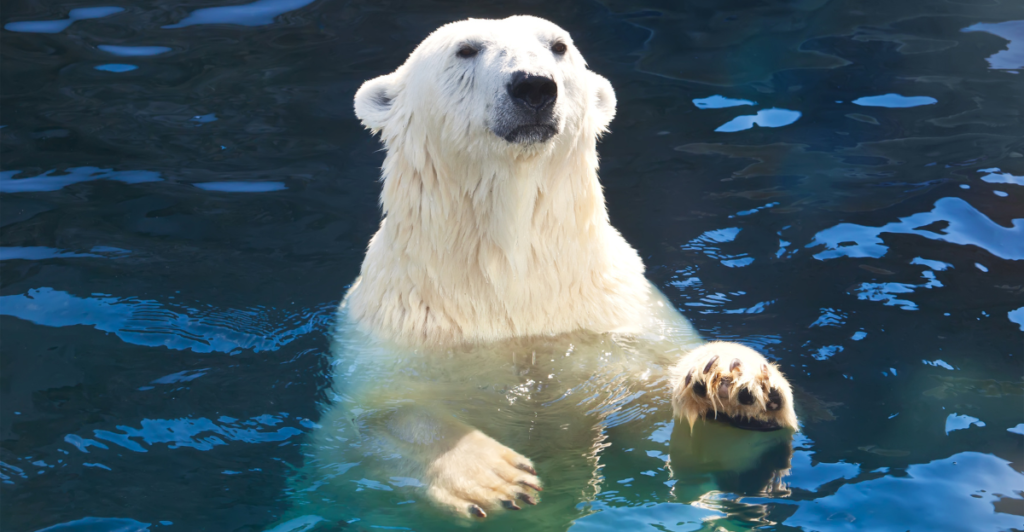
Polar bears are amazing nomads in their environments. They roam both through water and land and can swim over 100 kilometers (62 miles) from the shoreline. They have powerful muscles, which, combined with their large front paws, let them paddle through the water at an impressive pace. This is a unique adaptation among such large land mammals.
Their natural ability to swim means that they can quickly adapt to changing environments, such as navigating melting ice and not being cut off from sources of food such as seals. They have amazing endurance in the water, which is an evolutionary adaptation for their survival.
They often need to swim large distances to stay on sources of land such as ice floes and shorelines. Polar bears have been seen swimming for hours on end without resting. They use their fat reserves during this time to sustain them when they expend energy in freezing environments.
Ecological Role

Polar bears are a sentinel species that play an important ecological role in their habitat. A healthy polar bear population is a good sign of a balanced ecosystem. If their population size, behavior, or distribution changes, it gives researchers a good sign that there could be broader environmental issues at play.
The biggest factors that could create changes in polar bear populations are climate change and pollution. The declining sea ice coverage affects how effectively they can hunt and breed, making their population a good species to look at for implications of climate change and global warming.
They rely on sea ice for hunting and breeding and spend much of their time off of natural land and on ice floes. Changes in ice coverage will directly impact their survival and reproductive effectiveness, meaning they are severely affected by rising sea levels and other global factors.
Extreme Conditions
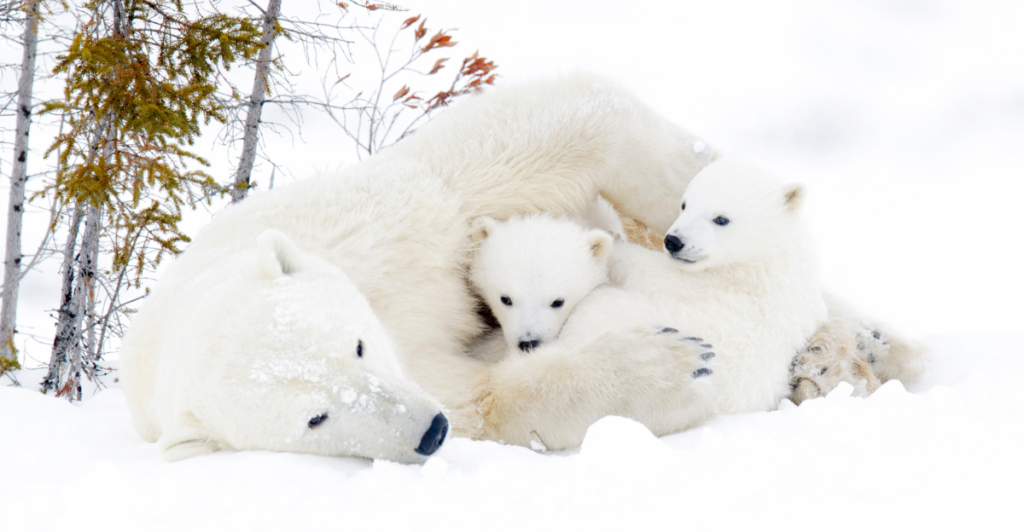
Polar bears a symbol of resilience due to where the habitat that they have evolved in. They have amazing physical traits that let them thrive in an otherwise hostile environment. They can live in sub-zero temperatures partly due to their transparent fur, which appears white, This reflected sunlight and traps heat, while their black skin absorbs solar radiation, keeping their body temperature regulated.
Polar bears also have four inches of fat underneath their skin which provides a crucial insulation layer for them to keep warm in freezing conditions. With these adaptations in mind, they are perfectly suited to living in the Arctic and have been ever since they evolved into the species we recognize.
Freezing conditions mean that conserving energy when needed is an important factor in survival, and polar bears do this perfectly, managing to survive for months during long periods of food scarcity.
Intellect
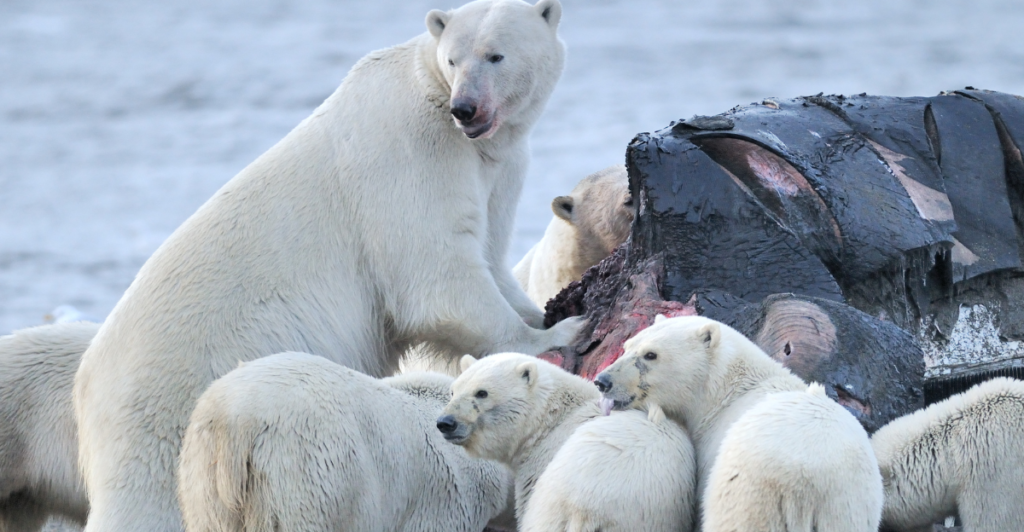
Although in the past many have believed that polar bears were simple animals, recent studies have shown that they are highly intelligent and social animals. They have good memories which they use to find prey populations and have been seen sharing food with one another and cooperating during difficult hunts.
These observations have challenged many theories about them being solitary hunters who don’t rely on each other. Polar bears have also been observed forming temporary bonds when survival is a necessity. These bonds are especially apparent in mothers and their cubs, who often engage in playful interactions with other bears.
The species also adapt quickly to changes in their environment, especially human-induced factors. They have been noted to learn from past experience and learn to navigate new territories such as oil rigs and other man-made structures.
Efficient Hunters
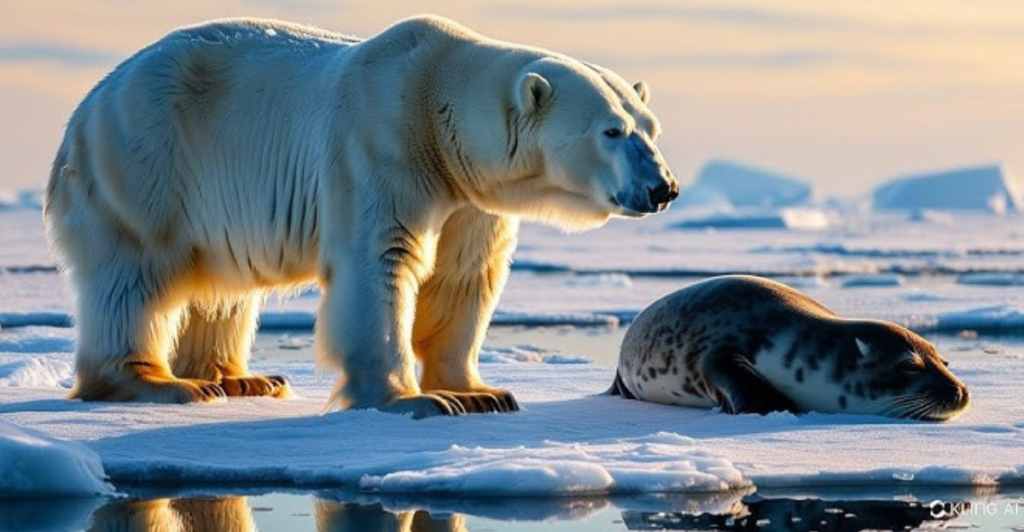
Polar bears are hypercarnivores and rely on a diet of almost exclusively seal blubber to keep them sustained. This high-fat diet is cruciel for supporting the energy that they need during long periods when their main prey is scarce and they cannot rely on a reliable food source.
To sustain their massive bodies, polar bears can eat up to 100 pounds of fat just from one meal, which keeps their energy reserves stocked up incase their next meal is hard to find. This diet is unique among animals and showcases their specially adapted life living in the arctic where many sources of food isn’t available for much of the time.
Seal blubber is a great source of calories, and polar bears rely heavily on it as seals are their primary prey. After filling up on seals, they can go months without eating, making them a highly efficient hunter in this inhospitable environment.
Climate Change
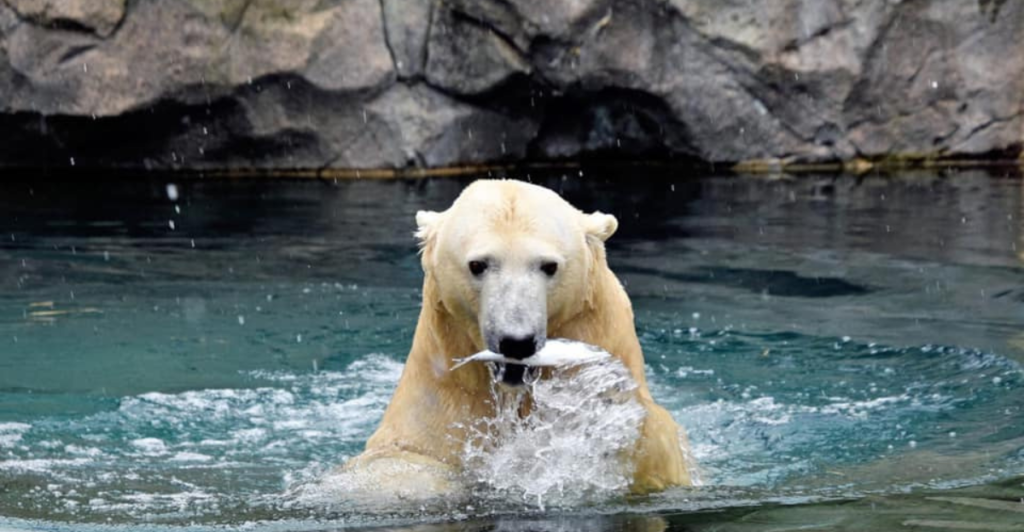
Climate change is an ever-present factor in all environments around the world, but its effects are the most easily seen in the Arctic as ice melts and habitats start to dissolve. As these environments change, polar bear populations are taking note of this and are adapting by spending more time on land and changing their diets based on what’s available.
They are starting to eat more terrestrial food such as berries, lichens, and small mammals as their main source of prey becomes scarcer. This shows how quick polar bears are to changes in their environment, but also raises awareness about conservation to protect their habitat and keep their population thriving.
Their adaptations aren’t full proof, and if climate change accelerates, their reliance on berries and other foods may not be enough as their bodies aren’t suited to such low-calorie sources compared to seal blubber and cannot be sustained off of them for prolonged periods of time.
Physical Attributes
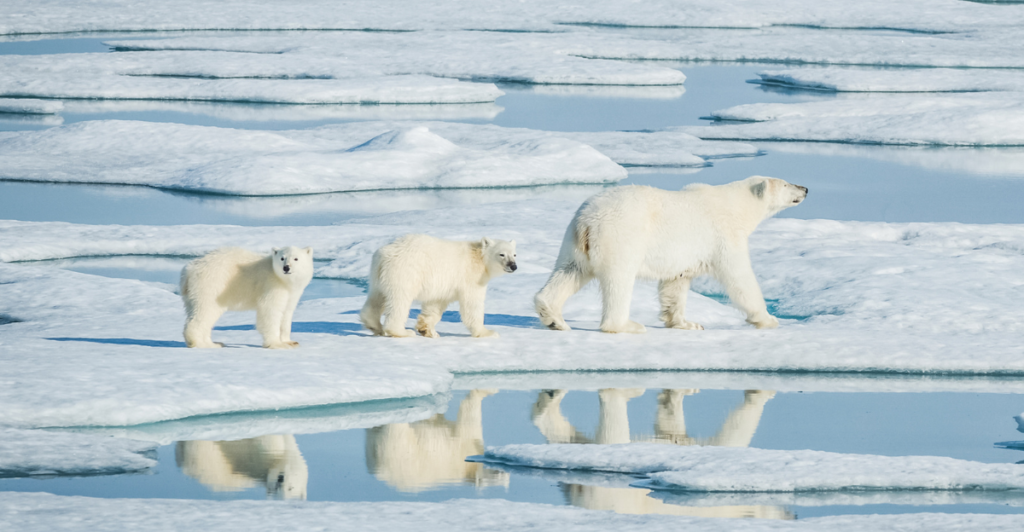
Polar bears have amazing physical traits that help cement them as kings of their environment. They have enormous paws which help them paddle and distribute their weight evenly across ice sheets. They also act as natural snowshoes in deep snow, while their claws help them keep their grip on slippery ice sheets.
They have power jaws with 42 sharp teeth adapted to swiftly killing their prey before consuming them. In rare cases, polar bears have even preyed on beluga whales. This predation keeps them on top of the food chain with no predators to prey on them.
Polar bears should be able to overpower any natural threats in their habitat thanks to their claws, teeth, and massive bodies, weighing up to 1,700 pounds. This means that if any altercation were to occur, they would most definitely turn out on top.
Explore more of our trending stories and hit Follow to keep them coming to your feed!

Don’t miss out on more stories like this! Hit the Follow button at the top of this article to stay updated with the latest news. Share your thoughts in the comments—we’d love to hear from you!







